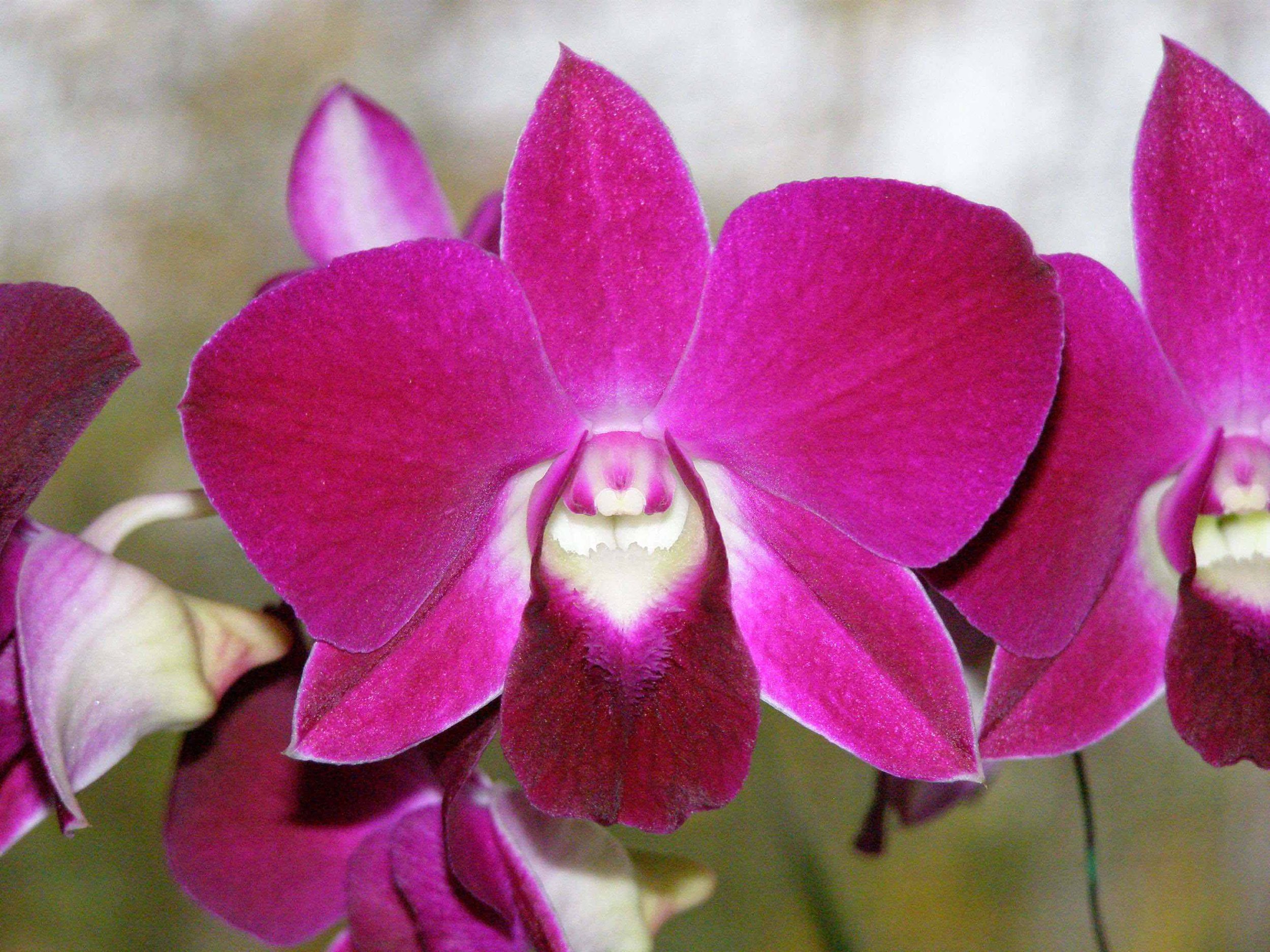Dendrobium Alliance
Common name: none
Horticultural alliance: Dendrobium
Classification: Subfamily Epidendroideae > Tribe Podochileae > Subtribe Dendrobiinae > Genus Dendrobium (and related)
Native range: from India eastward to China, Korea and Japan, through Southeast Asia, to Australia, New Guinea, and New Zealand.
Habitat: the surface of trees and rocks in tropical and subtropical regions with high rainfall
The history of Dendrobium cultivation and use as medicinal herbs spans thousands of years. In China, Dendrobium officinale or shíhú 石斛 was listed as the first of nine celestial herbs mentioned in the Taoist Canon (C.E. 618-907), a collection of Taiost literature compiled from the Tang Dynasty. Its use was also recorded by Ming Dynasty Taiost scholar Li Shizhen as a tonic for ailments resulting from deficiency of "Yin." Teas and other preparations made from the dried pseudobulbs of dendrobiums continue to be popular.
The genus Dendrobium is one of the largest in the Orchid Family, with over 1,600 species ranging in size from plants which could fit in the palm of your hand, to those which tower overhead. They can have a broad variety in the shape and position of flowers, and depending on species or variety may require very different temperatures, light, or dormancy periods.
Related genera
Ceratostylis, Dendrobium, Epiblastus, Epigenium, Eria, Phreatia, Podochilus, Pseuderia, Thelasis, Trichotosia
Description of flower
Flower spike: Flowers can be single, few, or several on an arching flower spike. On some dendrobiums, the flowers occur on several short clusters all along the pseudobulb, covering it in flowers. These dendrobiums may also bloom on old, leafless growths. Flower spikes can also occur at the top, or near the top, of a pseudobulb.
Color: Lavender, pink, red, orange, yellow, green, and shades in-between. Many dendrobiums will have a strong patch of color on the lip where it meets the column.
Structure: The lateral sepals are fused to form a sack below the column, which the lip also funnels into. This results in developing flower buds having a bean shape. The proportions and shapes of the lip, petals, and sepals can vary. Some may have pointed petals and sepals, while some may have wider, rounder petals. On some dendrobiums the lip may be narrower like the lip of a cymbidium, while on others the lip maybe wide and outsized for the flower.
Nectar spur: None
Fragrance: Many dendrobiums are fragrant.
Longevity: Dendrobium flowers last about six to eight weeks on average, with some species only lasting a day, and one species lasting up to ten months.
Description of plant
Body Plan: Sympodial (many-foot), meaning the stem or rhizome creeps along the growing surface, with successive growths forming up and away from it
Pseudobulb: Segmented, and can vary in height from about an inch to several feet tall. The segments can be smooth, or eccentrically bulged, and can be round or flattened cross-section, or thin and elongated like bamboo.
Leaves: Occurring at each internode along each growth, leaves are thin and flexible. Many varieties are deciduous, and growths may lose their leaves at the end of the growing season. Some dendrobiums which keep their leaves may still survive for a period of time without them, but leaf loss in non-deciduous dendrobiums should be considered a sign of stress.
Roots: Fleshy, brittle, medium thickness for an epiphytic orchid, and covered in a thin layer of silvery green velamen that becomes light green when wet.
Notable Examples
“Den-phals” or “bigibbum type” dendrobiums (section Phalaenanthe and their hybrids) have flowers with a shape similar to Phalaenopsis, with very wide lateral petals, and narrower pointed sepals. The lip cradles the column and opens to a blunt point. The pseudobulbs tend to be large, with a succulent leaf occurring at each internode. Spikes are upright and emerge from the apex of each pseudobulb, and only on newest mature growth. Can have several to many flowers.
The flowers of the popular Dendrobium lindleyii (now including the former Dendrobium aggregatum) are exceptionally distinctive, having a prominent oval lip and golden yellow color.
“Antelope type” dendrobiums (section Spatulata and their hybrids) are distinguished by long lateral petals which may twist and are often held either out, or straight up from the flower like antlers. (see Den. stratiotes, Den. antennatum)
“Australian dendrobiums”, (section Dendrocoryne) sometimes shortened to “Aussie-den”, have pointed flowers in which the petals are somewhat smaller and curve forward, giving the flower a triangular shape. Spikes emerge from the apex of the pseudobulb, are upright, and can have several to many flowers. Pseudobulbs will only have leaves at the top. (see Den. kingianum)
“Latouria type” dendrobiums (section latouria and their hybrids) tend to have white, yellow, or green flowers with darker purple or black markings on their inner surfaces, and can be very long lasting. The extreme example of this patterning is the highly contorted and irregular Den. spectabile. Spikes emerge from the top of the pseudobulb.
“Nobile type” refers to Den. nobile and its hybrids. Can have one to a few flowers at each internode, on both new and old leafless growths. Each segment of the pseudobulb is distinctly bulged. Several of these can bloom on old leafless growths, so only the truly dead growths should be removed when repotting.
“Nigrohirsute dendrobiums” (section formosae and their hybrids) are distinguished by fine black hairs covering their pseudobulbs. These often flower with one to few flowers on a short spike, emerging from an internode along the pseudobulb. Flowers range from cattleya-like shape to pointed and star-shaped. Often white, yellow, or green flowered with a yellow, orange, or red lip (see Den. tobaense).
Section Calyptrochilus is characterized by a lip that is curved over the column, and angular, fan or kite shaped flowers, emerging from an internode along the pseudobulb (see Den. cuthbertsonii, Den. bracteosum). Several of these can also bloom on old leafless growths.

